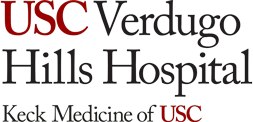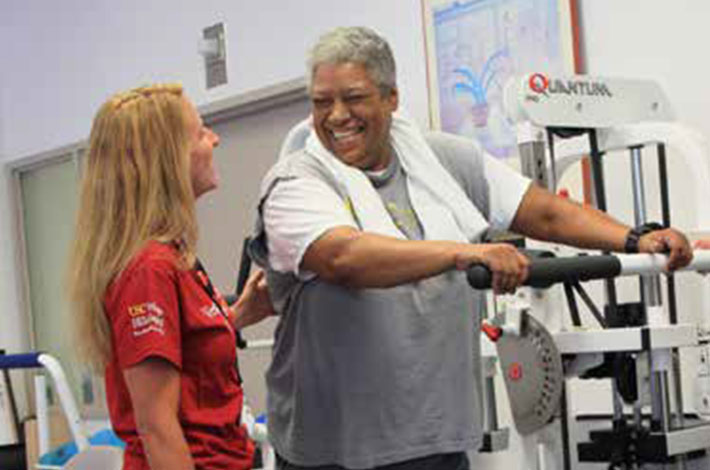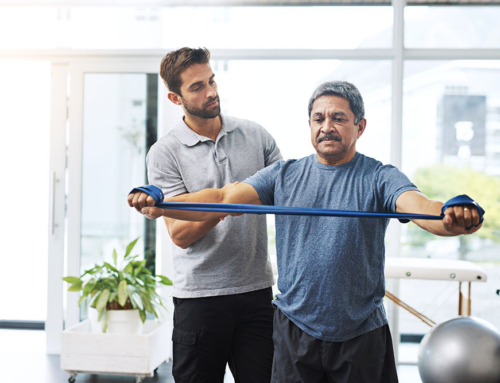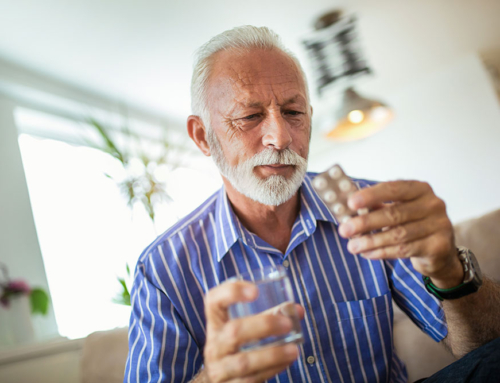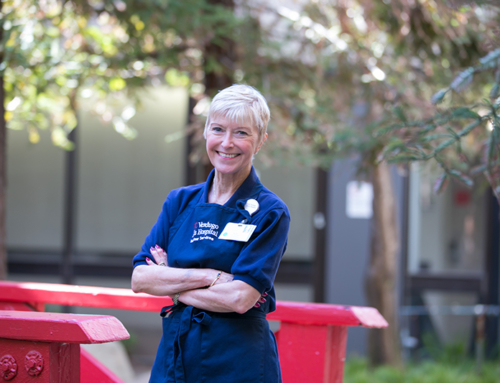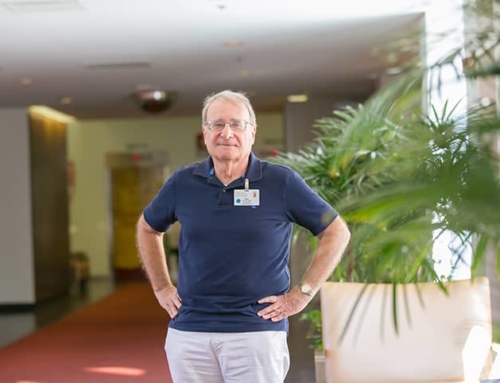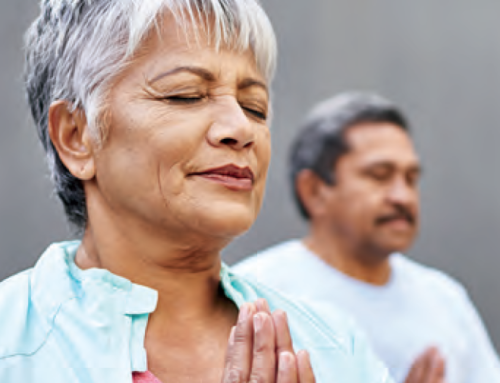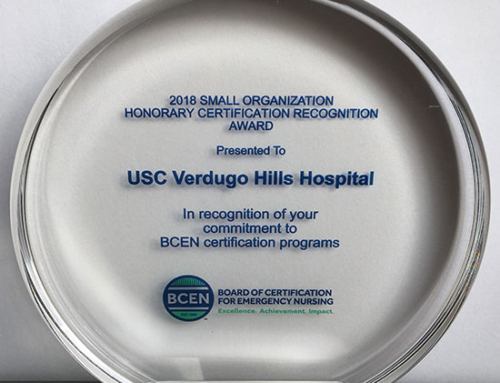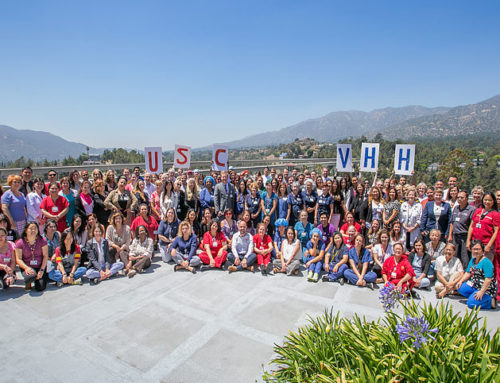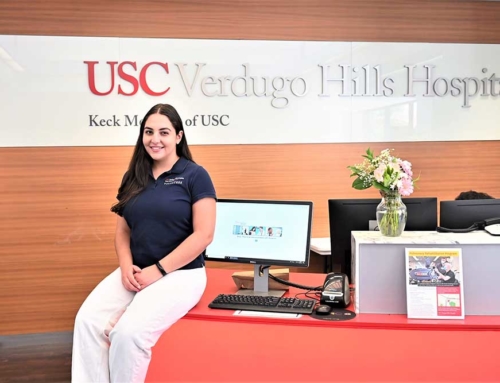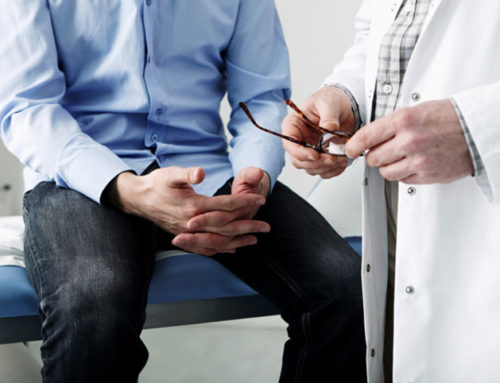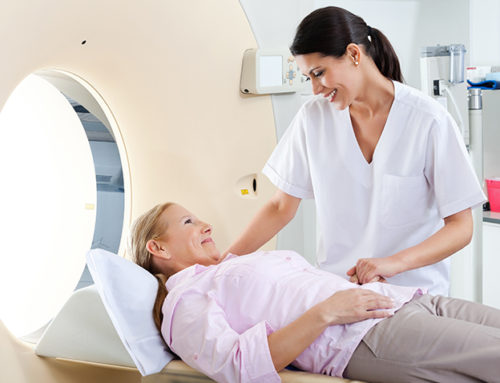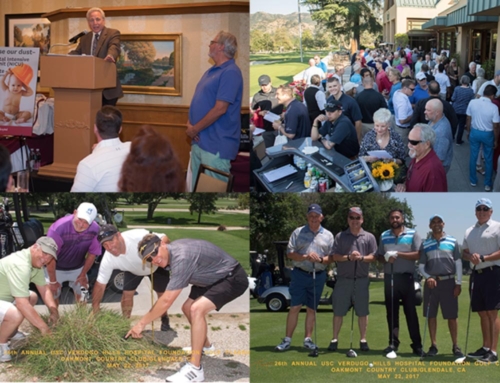Physicians often want surgical patients to be up and walking soon after an operation, but a full recovery may still lay ahead. For some patients, what follows is therapy overseen by physical therapists, like those of the Physical Therapy Department at USC Verdugo Hills Hospital (USC–VHH). The staff of physical, occupational and speech therapists treats patients with athletic injuries, neurological problems or those who are recovering after an operation.
In general, all post-surgical patients sent to physical therapy share one common goal: To get better, quickly. Reaching that goal requires a plan tailored to the needs of each individual patient, explained Jeff Chang, the outpatient physical therapy coordinator at USC–VHH.
“We assess each patient’s range of motion (ROM), muscle strength, flexibility and function, developing a personalized plan that includes exercises designed to improve recovery,” said Chang. “I work with the patient to make the importance of doing these exercises very clear.”
USC-VHH’s physical therapy team includes orthopedic specialists, certified strength and conditioning specialists, and back, joint and balance specialists.
The customized programs offer evaluation and treatment of orthopedic and neurological impairments, including:
> Lower-back and neck testing
> Fall prevention and balance training
> Post-stroke rehabilitation
> Post-surgical rehabilitation
> Strains and sprains
> Sports injuries
> Vestibular dysfunctions
“Our knowledgeable and friendly therapists make our Physical Therapy Department truly exceptional,” said Paul Czajka, chief operating officer at USC-VHH. “Here, our therapists’ number one priority is our patients’ care and continuous improvement through the various treatments we provide.”
Keeping Your Balance
“A Balanced Life” is a comprehensive program designed to reduce fall-related injuries among vestibular rehabilitation patients and older adults. Therapists use
evaluation tools to identify fall-risk factors, develop customized fall-prevention strategies, and provide in-home risk assessment services. The program addresses:
> Inactivity and declining musculo-skeletal strength
> Impaired balance affecting control of movements of body center
> Impaired gait and gait instabilities
> Poor vision
> Balance impairments
> Postural blood pressure changes
> Delayed reflex response
By: Hope Hamashige
